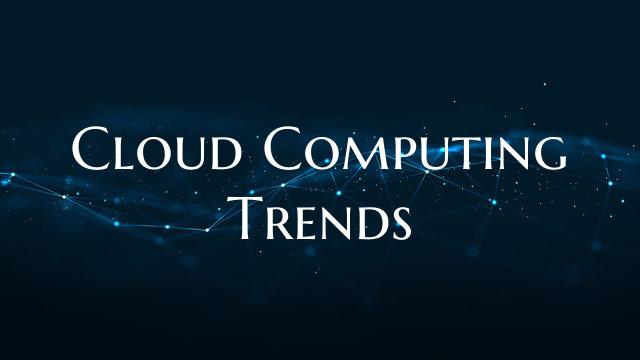Cloud Computing Trends
In recent years, cloud computing has transformed the way businesses operate, offering flexibility, scalability, and cost-efficiency. As technology continues to advance, new trends are shaping the future of cloud computing and impacting organizations of all sizes. Let's delve into some of the latest trends in cloud computing that are revolutionizing the industry:
1. Multi-Cloud Strategy: Organizations are increasingly adopting a multi-cloud approach, leveraging services from multiple cloud providers. This trend offers flexibility, resilience, and helps mitigate vendor lock-in risks. Companies are strategically distributing workloads across different cloud platforms to optimize performance and maximize cost-effectiveness.
2. Serverless Computing: Serverless computing, also known as Function as a Service (FaaS), is gaining popularity due to its cost-efficiency and scalability. This trend allows developers to focus on writing code without managing the underlying infrastructure. By only paying for the actual computing resources used, organizations can reduce operational costs and improve resource utilization.
3. Edge Computing: With the proliferation of Internet of Things (IoT) devices and the need for real-time data processing, edge computing has emerged as a significant trend in cloud computing. By processing data closer to the source at the network edge, organizations can reduce latency, enhance performance, and improve overall efficiency.
4. Artificial Intelligence (AI) and Machine Learning (ML): Cloud providers are integrating AI and ML capabilities into their services, enabling organizations to harness the power of data analytics and automation. By utilizing cloud-based AI services, businesses can gain valuable insights, enhance decision-making processes, and streamline operations.
5. Hybrid Cloud Solutions: Many organizations are adopting hybrid cloud solutions, combining on-premises infrastructure with public and private cloud services. This approach offers the benefits of both worlds, allowing companies to maintain sensitive data on-premises while leveraging the scalability and flexibility of the cloud for other workloads.
6. Containerization and Kubernetes: Containerization technologies such as Docker and orchestration platforms like Kubernetes are revolutionizing application development and deployment in the cloud. Containers enable organizations to build, ship, and run applications consistently across different environments, leading to faster innovation cycles and improved efficiency.
7. Security and Compliance: As cloud adoption continues to grow, security and compliance remain top priorities for organizations. Cloud providers are enhancing their security features, offering advanced encryption, identity management, and compliance certifications to protect sensitive data and ensure regulatory compliance.
In conclusion, the evolving landscape of cloud computing is driven by these trends, shaping the way businesses innovate, collaborate, and compete in the digital age. By staying abreast of the latest developments and embracing emerging technologies, organizations can leverage the power of the cloud to drive growth, efficiency, and success in an increasingly dynamic marketplace.

